Search
Did you mean: Texcoco?
Search Results

Book Review
Fluid Geographies: Water, Science, and Settler Colonialism in New Mexico
In her groundbreaking book, Fluid Geographies: Water, Science, and Settler Colonialism in New Mexico, K. Maria D. Lane delves deeply into the battle between American legal and historical processes against traditional Indigenous knowledge...
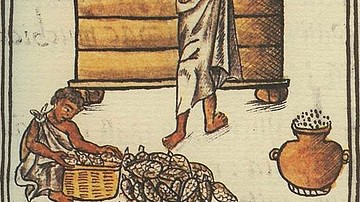
Article
Aztec Food & Agriculture
The Aztec civilization, which flourished in central Mexico between c. 1345 and 1521 CE, was able to provide an astonishingly wide range of agricultural produce thanks to a combination of climatic advantages, diverse artificial irrigation...
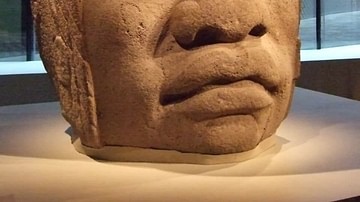
Article
Olmec Colossal Stone Heads
The stone head sculptures of the Olmec civilization of the Gulf Coast of Mexico (1200 BCE - 400 BCE) are amongst the most mysterious and debated artefacts from the ancient world. The most agreed upon theory is that, because of their unique...
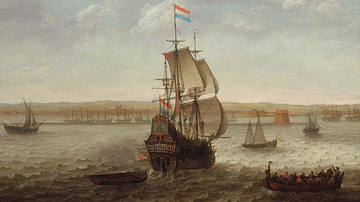
Article
Ten Notorious Dutch Pirates
While there have been pirates and privateers of all nationalities, some Dutch mariners were particularly troublesome in the early modern period, targeting, in particular, the Spanish Main but also shipping in the eastern Atlantic and the...

Interview
Interview: Costa Rica's Jade Museum
The Jade Museum (Spanish: Museo del Jade y de la Cultura Precolombina) in San José, Costa Rica houses the world's largest collection of ancient jade from the Americas. With nearly 7,000 pieces in its collection, the artifacts at the Museum...
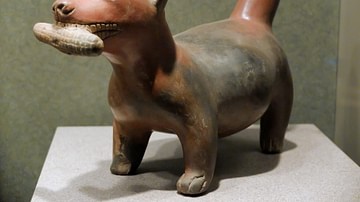
Image
Colima Dog with Maize
Statue of a dog holding a cob of maize (corn) in its mouth, from Colima, Mexico, c. 100 BCE to 300 CE.
National Museum of Anthropology, Mexico City.

Book Review
Since Time Immemorial: Native Custom and Law in Colonial Mexico
In Since Time Immemorial, Emory University history professor Yanna Yannakakis explores the meaning of a specific word at a specific time – "custom" – and what it meant during Spain's rule over Mexico. As Spanish leaders sought to consolidate...
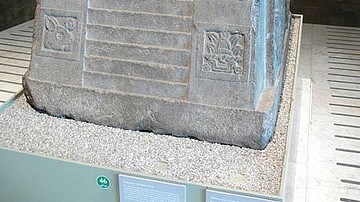
Article
Throne of Montezuma
The magnificent stone monument variously referred to as the Monument of Sacred War, the Teocalli of Sacred War, the Temple Stone or, more simply, the throne of Motecuhzoma II (Montezuma), the Aztec king (tlatoani) who ruled at the time of...

Definition
Pre-Colonial North America
Pre-Colonial North America (also known as Pre-Columbian, Prehistoric, and Precontact) is the period between the migration of the Paleo-Indians to the region between 40,000-14,000 years ago and contact between indigenous tribes and European...

Definition
Kukulcan - The Feathered-Serpent God of Mesoamerica
Kukulcan (pron. Koo-kool-kan) is the name of a feathered serpent god in the mythology and religion of Mesoamerica, in particular, the Yucatec Maya. He is also identified as the feathered serpent god Quetzalcóatl by the Toltecs and Aztecs...